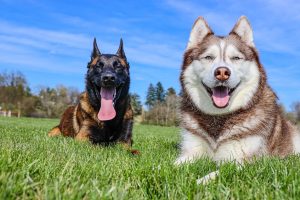
Free Delivery on all orders over £25!
Hey there, fellow dog and pet enthusiasts! Today, we’re finally putting all concerns to bed with a fur-raising question that has been bugging all dog lovers for ages: Can dogs get hay fever?
With hay fever season starting, it’s a topic that has sparked curiosity but also concern among ‘paw-rents’ everywhere (see what we did there).
Let’s all put our detective hats on and sniff out the answer to this intriguing question. Here is a table of contents of what fascinating questions this blog will answer, so get ready for a wonderful adventure through the fun world of canine allergies!
What is hay fever in dogs?
Firstly, what is hay fever for dogs? Hay fever, or allergic rhinitis, is a condition caused by an allergic reaction to airborne particles like dust mites, mould spores or more commonly, pollen.
Unfortunately we humans know this frustrating condition all too well, but what about our four-legged best friends?
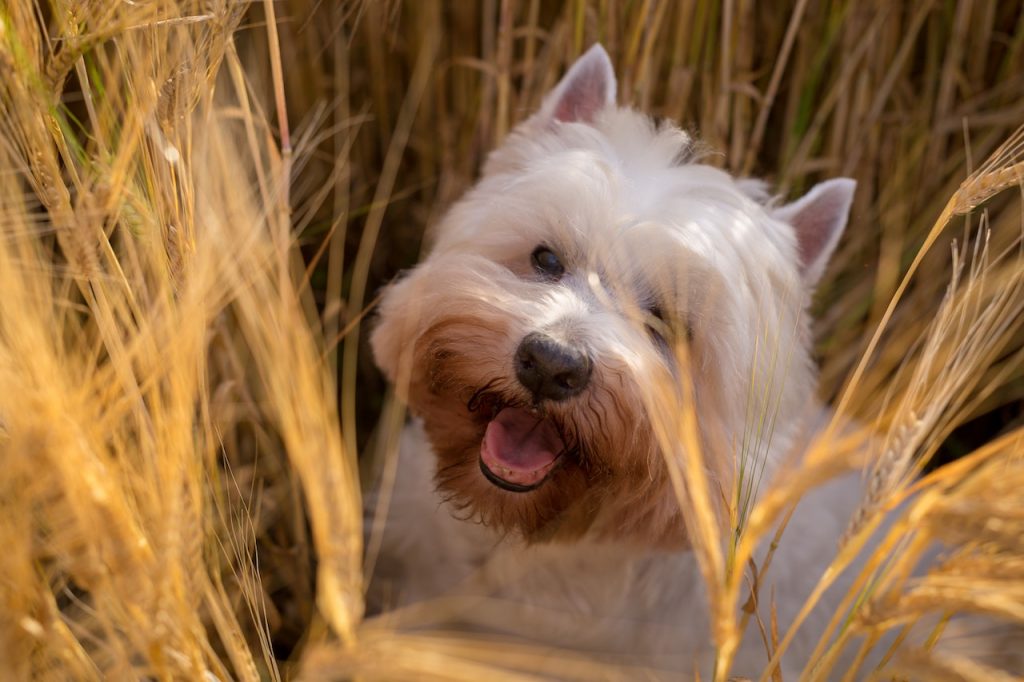
Can dogs have hay fever?
Short answer: yes! While it’s less common in dogs, our doggos can indeed experience similar allergic reactions that us humans often have to suffer through as well.
Not all dogs get hay fever though, some suffer from the symptoms but some of our beautiful furry ones can happily prance around the fields and parks without a care in the world.
Why do dogs get hay fever?
So now you’re probably thinking ‘why the fur do dogs get hay fever?’
The hay fever in dogs is caused by allergens (such as pollen) being inhaled by the dogs and causing an allergic reaction. It differs from dog to dog as it’s all about the individual immune systems.
Similar to humans, dogs have different sensitivities to various allergens so some feel like they’re being attacked by invisible hay fever monsters while some dogs are having a pawsitively sensational time.
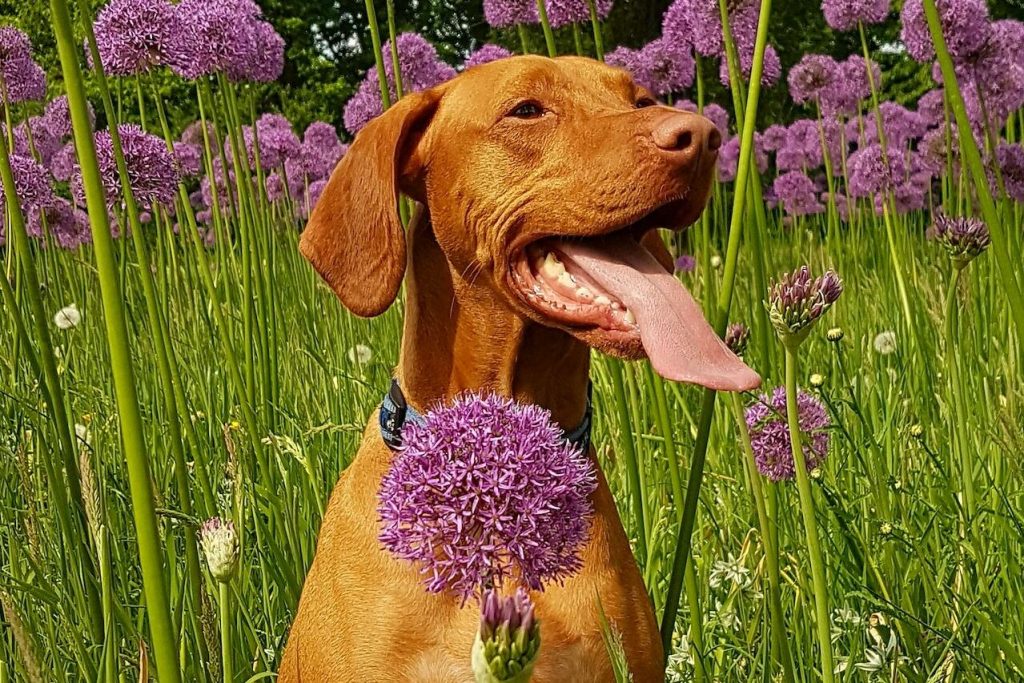
When is hay fever season for dogs?
Different dogs will get hay fever at different times, largely depending on the type of pollen the doggos are susceptible to, but also in which part of the UK you live in. But to give a helping paw, here is a rough guide:
- Tree pollen: Around late March – mid-May
- Grass pollen: Around mid-May – mid-July
- Weed pollen: Around end of June – mid-September
How do I know if my dog has hay fever? And what are the symptoms?
So, how can you tell if your dogs are suffering from the pesky hay fever? There are quite a few telltale symptoms you can keep an eye out for:
- Excessive sneezing and coughing (more than usual)
- Watery and runny eyes
- Itchy skin and incessant scratching
- Wheezing
- Irregular lack of energy
- Paw licking (accompanied with at least one other symptom)
Often our furry friends would likely experience more than one of these symptoms so keep a close eye on them to see if they indeed are suffering from hay fever.
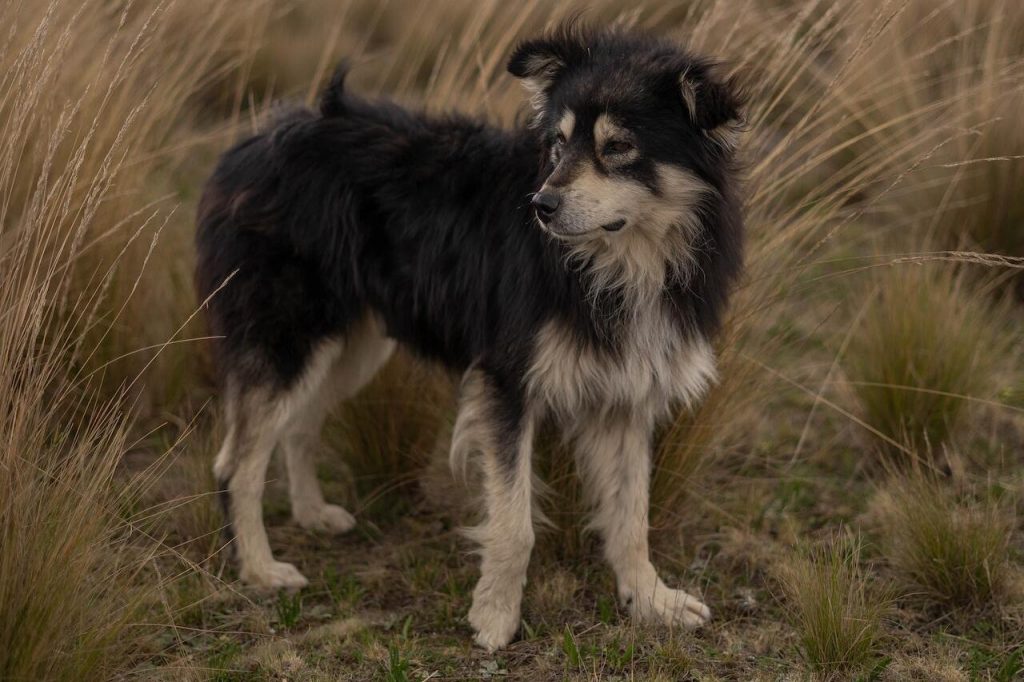
How do you reduce and help hay fever in dogs?
Fear not hoomans! If your doggos are enduring hay fever symptoms, there are a few ways to reduce their symptoms and keep their tails wagging.
Be aware of those allergens
Be mindful of the annoying allergens that trigger your dog’s symptoms. It’s best to avoid high-pollen areas during the peak hay fever seasons and consider using air purifiers or if you don’t mind, try to keep the windows closed to reduce exposure of those allergens.
Frequent showers
We know most dogs aren’t a fan, but regular showers and baths can really help wash away allergens that might cling to your pup’s fur. Remember to use a dog-friendly shampoo (ideally one recommended by your vet).
Cleanliness is Dogliness
Be sure to keep your home as clean as possible by regularly vacuuming, cleaning the main surfaces and dusting; this will significantly help minimize the presence of allergy-inducing particles.
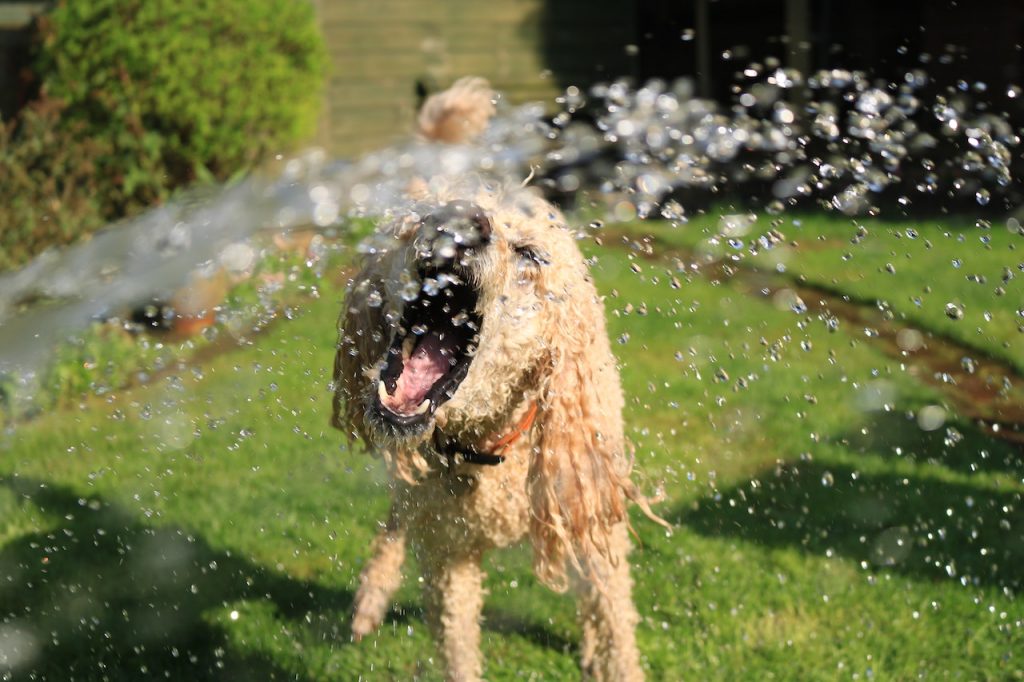
How do you treat the dogs’ hay fever?
Sometimes your dog’s symptoms might persist or even worsen. In those cases, it is always safest to consult and get advice from your local trusted veterinarian. The vets can provide professional guidance and they can recommend quality allergy testing or if needed, prescribe the right medications to help alleviate your dog’s discomfort.
There are a range of helpful topical treatments such as skin sprays, creams and medication shampoos, as well as ear drops and eye drops to help relieve hay fever symptoms.
Similar to humans, you can also give your dogs antihistamines but please only give these after consulting your vet, as the antihistamines can possibly be toxic to your dogs and sometimes cause drowsiness.
There are also a span of wipes and ear cleaners that you can regularly use to clean your dogs; this will help remove some of the pollen on their fur and help alleviate the hay fever symptoms.
Conclusion
So, can dogs get hay fever? Well absolutely! While it might not be as common for dogs to have hay fever as in humans, our furry loveable friends can experience those sneezy and itchy woes as well.
But by being proactive, staying vigilant of our four-legged besties, and providing the necessary care, we can help our amazing dogs navigate hay fever season with their tails held high.
Looking for some fashionable and trendy dog clothing and dog accessories for your furry loved ones this summer? Why not check out some pawesome dog items Dog À La Mode offers.
Get in touch
Main Pages
© Dog A La Mode Ltd 2021





